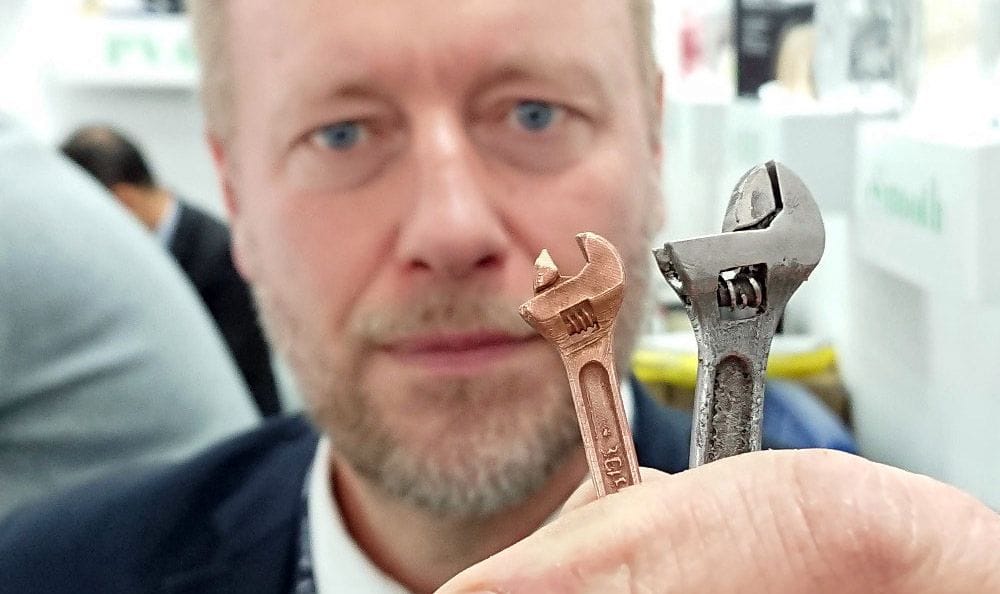
Magicfirm Europe, the company behind the professional desktop ZYYX 3D Printer series, announced they’re working on a 3D metal printer.
Previously, the company produced a powerful professional desktop 3D printer that included a number of very useful features. Their most recent machine, the ZYYX Pro, offered a set of unique materials that could be reliably 3D printed safely in an office environment.
http://www.fabbaloo.com/blog/2017/5/27/zyyxs-professional-3d-printer
While that machine was good at the time and still is, the company now faces a great deal more competition in this space. Over the past year or two, most of the action in desktop 3D printing has been to address the “professional” space, where there are plenty of customers willing to pay premium pricing for appropriate equipment.
http://www.fabbaloo.com/blog/2017/9/28/there-really-are-professional-3d-printers
What’s a company to do in this position? One good answer is to develop a new product to compete in a new market. That seems to be the ZYYX strategy, as they declared their intent to develop and market a desktop 3D metal printer system.
As this is an “intent announcement”, and not a “product announcement”, there are few technical details of their process, but from what they do say it seems that it is quite similar to the “cold” processes used by a few other companies. They explain:
The process can be explained in three steps:
The first step is to build up the object, the so called “green body”, through an FDM-like process that enables high resolution (about 50um) and the possibility to create any geometries, including voids and lattice structures inside the object.
The second step removes the binder to create the so called “brown body”, which is done without toxic substances.
The third step is to sinter the brown body into a solid metal part, using innovative techniques that simplify this step compared to other systems.
The technology is different from the filament-based solutions that are coming out, but it will reach comparable resolution and mechanical properties.
Currently, there is a sintering level of more than 98% and a shrinkage of about 21%. Models can be produced in copper, bronze, brass and steel, with other materials potentially added in the next phase of development.
So it appears their process is very much like that of, say, Desktop Metal. While the 3D metal printing market is massive, growing, with relatively few competitors and quite profitable, they will have to deal with some extraordinarily well-funded competitors, such as Desktop Metal.
While ZYYX 3D Printers may have the technology, we’ll see if they can keep up with Desktop Metal’s enormous assets and marketing capabilities.
Via ZYYX 3D Printers

